Address
Plot No. - M88, MIDC, Ambad, Nashik - 422010, Maharashtra, India

Cooling Tower Dosing System Manufacturers is occupied with bleed off control that's used for dominant the accumulation of dissolved solids present in water. This controls a bleed off stopcock needed for draining water from the system. asset lozenge is another part of this system acting as erosion and scale asset needed for commensurable dosing, maintaining set position within the water. A water cadence is used along with asset lozenge for operating chemical lozenge pump. There are two types of chemical dosing pump used in this system, including diaphragm pump and peristaltic pump. Diaphragm pump is operated with the help of an electromagnetic solenoid driver or motor and hence, are complete of edging in into high pressures. Peristaltic pump utilizes a system of breakers that comprises a tube, which is suitable to produce a inflow. Cooling Tower Dosing System, Cooling Tower Dosing System Manufacturers, Cooling Tower Dosing System Suppliers and Exporters in Nashik, India
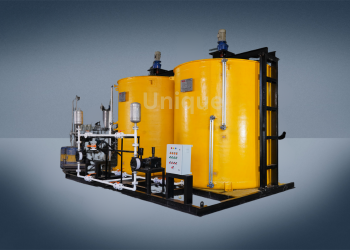
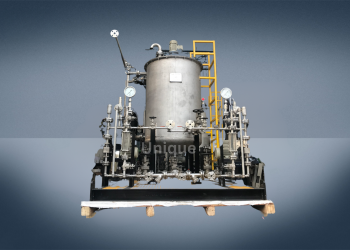
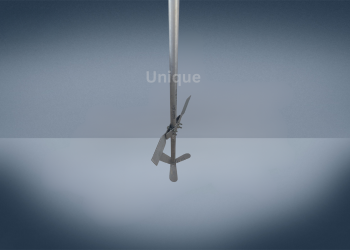
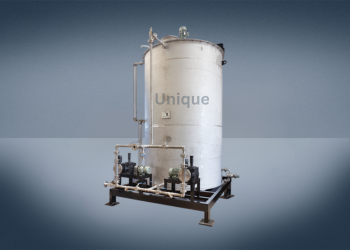
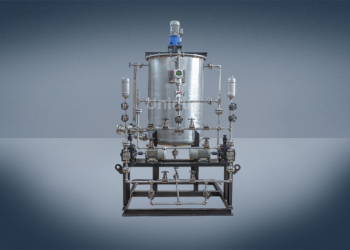
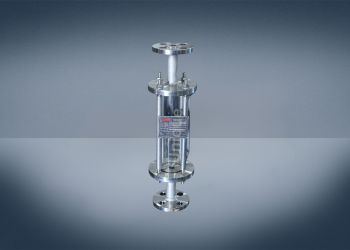
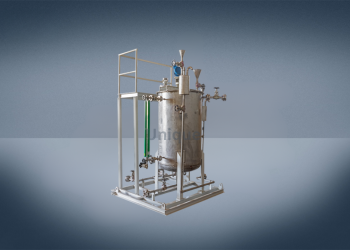
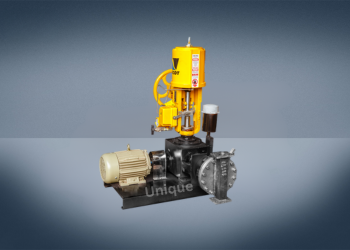

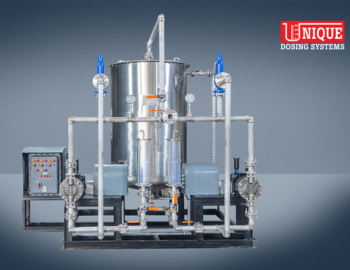
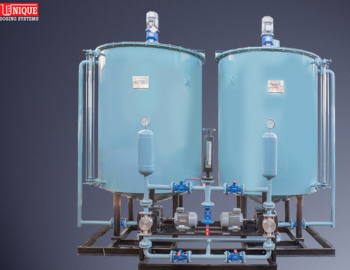

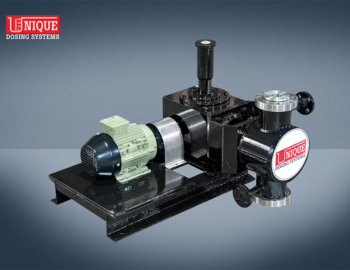
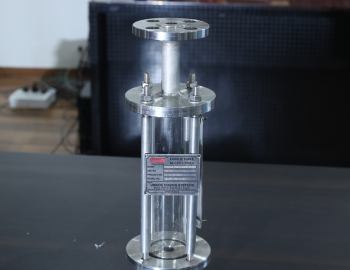
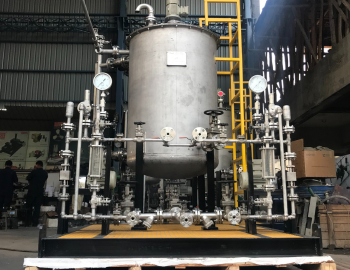

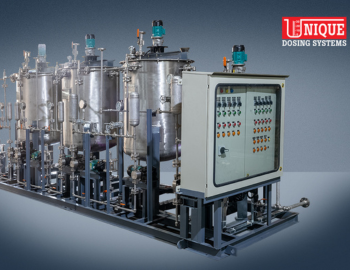
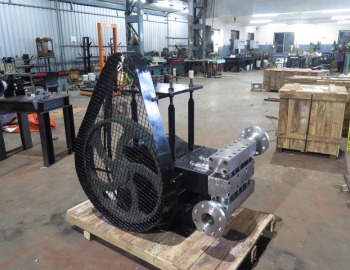

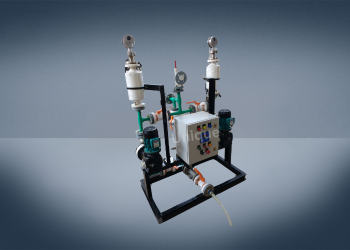
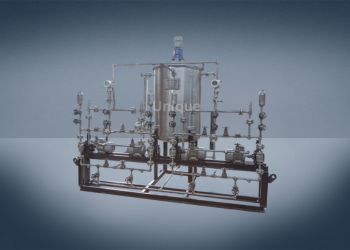

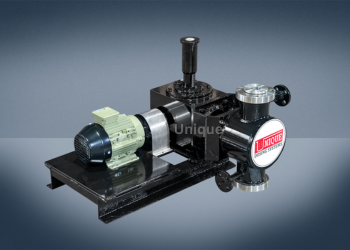




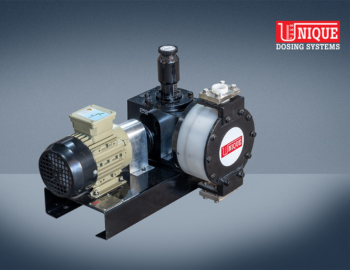
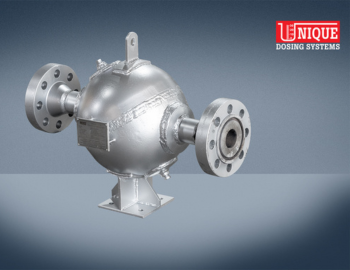
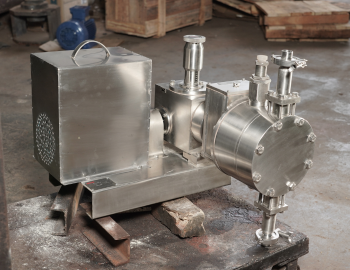


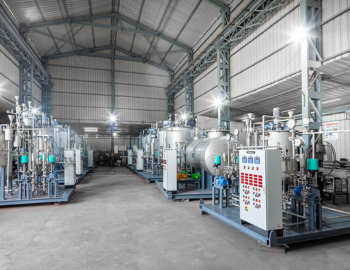
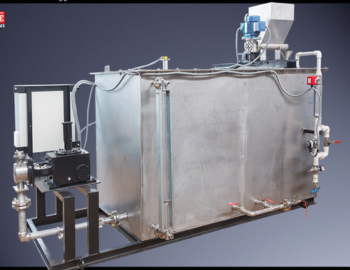
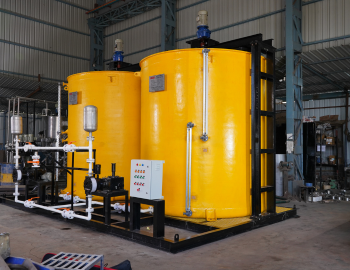
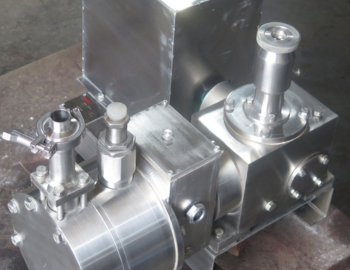
Bring to the table win-win survival strategies to ensure
proactive domination. At the end of the day, going for
ward, a new normal.
+ Country
Satisfied clients
Years experiences
Qualty paramerters